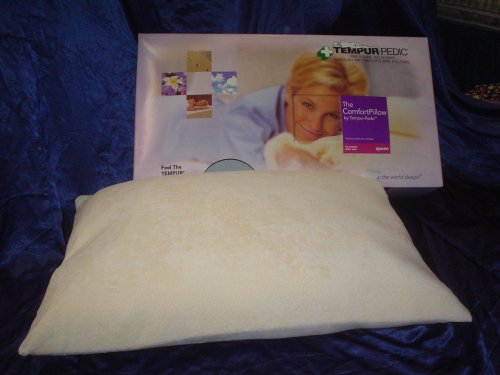The different weight ratings (densities) are a complex topic, and many consumers can feel overwhelmed at the amount of industry jargon often used by sellers of bedding products. However, once pass the jargon of 2.5 pound and 5 pound, the topic becomes rather simple.
The density is measured by taking the weight of a cubic foot of the foam. Therefore, a foam block measuring twelve inches (one foot) on all six sides is weighed, and the weight of this foam block is considered its density. The higher the density ratings the more foam material the product has.
The amount of material in the product is important because it affects how the product feels and reacts. So what is the difference between the 2.5 pound and 5 pound densities?
The 2.5 pound density is an inexpensive foam that is often produced in China. Since it takes less material to produce the 2.5 pound density, many manufacturers throughout the world have started creating their own, cheap version of this product. It is this cheap, lightweight density that is sold out of many big-box chain stores. In fact, most of the memory foam sold from the big-box chain stores, like Wal-mart, JC Penny, Belk, Target, etc., is the 2 pound or 2.5 pound densities, though much of the it sold in these big-box chain stores is not labeled with a density rating.
The 2.5 pound density can be a quick and cheap solution to a hard mattress or dorm-room bed, however, it lacks many of the qualities that have become synonymous with memory foam. It is soft but lacks support, and it has a slow recovery time that does not allow it to properly conform to the body's shape. Also, much of the 2 pound and 2.5 pound is cheaply made and breakable. Therefore, much of the memory foam being sold out of big-box chain stores is giving individuals the wrong impression of the product.
On the other end of the density spectrum, we have the 5 pound density that was made world famous by Tempur-Pedic. This density is luxurious, durable, and well crafted and will retain its recovery time, support, and comfort for many years to come.
The 5 pound weight is one of the higher densities currently available (others being 8lb and 12lb densities), and it has the most material per cubic foot; therefore, it is the most expensive. Also, it is the firmest product available and has a slow recovery time because it will hold the body's impression longer due to the amount of foam material present it the product. This can make moving about difficult for some customers, and a few individuals have claimed it feels like sleeping in a trough.
There are, also, medium densities. The 3 pound and 4 pound density is, usually, well made, durable, and comfortable. These two densities are more expensive than the 2.5 pound foam, but they are cheaper, softer, and will recover quicker than the 5 pound density. These medium densities are used to create high quality memory foam products, such as mattresses, mattress pad toppers, pillows, and seat cushions.
In fact, many individuals prefer the softness and quicker recovery time of the 3 pound and 4 pound densities to the firmer 5 pound densities.









